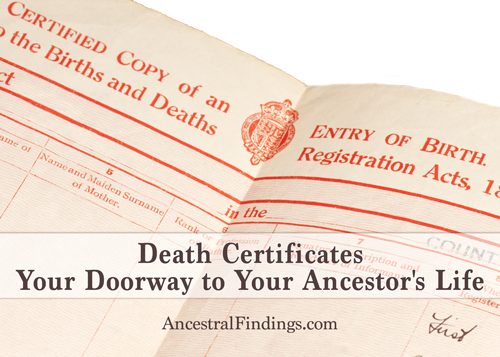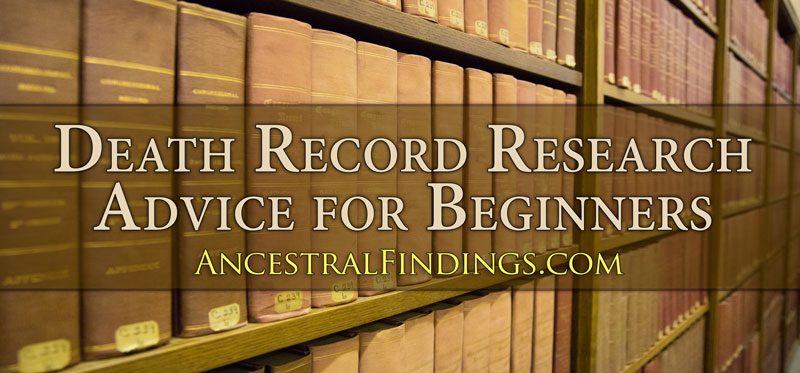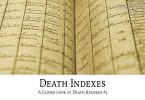If you are looking for more information on family members who lived in the 20th century and beyond, you should not overlook the Social Security Death Benefit Index. Anyone who had Social Security benefits paid out after they died will be included in this index. It was started in the 1930’s, when then – U.S. President Franklin Roosevelt instituted the Social Security program. Men and women alike signed up for Social Security numbers, so they could get retirement income out of the Social Security fund when they reached a certain age. Many women signed up at first so they could get their husbands’ Social Security benefits if they survived their spouses. As time went on and more women went to work, they became eligible for Social Security on their own.
Who is in the Index?
One thing to remember is that not everyone who was eligible to get a Social Security card when they were first issued did so. Some people opted not to participate in the program, back when it was voluntary. Even today, not everyone who dies will end up in the index. Only those who have Social Security benefits paid out to someone on their behalf will be in the index. This still includes millions of people, though, since most people will have some kind of Social Security beneficiary. Just keep in mind that there are exceptions.
You probably won’t find anyone in the Social Security Death Benefits Index who was born before the 1880’s. Even then, the people who are included in the index are spotty until you reach the generation of people who were born in the early 1900’s and after. Keep these things in mind when searching the index.
What Information Will You Find in the Index?
The Social Security Death Benefits Index is an excellent place to find the death dates of people. Whether you haven’t been able to find the death date anywhere else yet, or are looking for confirmation of a death date you found somewhere else (or a suspected death date), you will find it if the person is listed in the index. Usually, the death month, day, and year are given; however, in some cases, only the death month and year are provided, excluding the day. You will have to look at other sources to find the day if this is the case.
Often, the date of birth is included, too. As with the date of death, it can be either the month, day, and year, or just the month and year. Sometimes, just the age at death is recorded. If so, it will usually be a pretty exact age, that includes how many years, months, and days old the person was when they died. If the birth date is not included, you can usually figure it out from this information combined with the death date.
The last city and state of residence of the person is also included (often along with the county, but not always… and sometimes it is the county and state, but not the city. Once in a while, it is all three). This will help you decide if the person is your ancestor if the name is very common and you know where your ancestor lived, or at least the general area where they lived.
Other times, you may be surprised at the location of their last residence, but will still know it is your ancestor based on the birth date or an unusual first or last name that is particular to your family. If the last place of known residence isn’t what you would imagine it to be, you have a new family mystery to look into. Why was your ancestor living in this location when he or she died? It opens up room for all kinds of new genealogical stories to unfold for you.
Where Can You Access the Social Security Death Benefit Index?
Fortunately, this is a very commonly used record collection among genealogists. As such, it is available in a lot of different places. Some of them are on membership sites like Ancestry.com, GenealogyBank.com, and Fold3.com. Others are on free sites, such as the U.S. Genweb Project and on AncestralFindings.com (Social Security Death Benefit Index).
Searching the index by name is the easiest way to use it. If you know the date of birth, date of death, or a general range for date of birth and suspected date of death, you can narrow down the search considerably. You can narrow it down even more if you know (or think you know) the state of your ancestor’s last residence.
If you are doing research into 20th-century ancestors and beyond, this is an invaluable resource. If you haven’t tried searching it, give it a try today, and add some new discoveries to your family tree research.
Social Security Death Benefit Records Index (Free Lookups)






